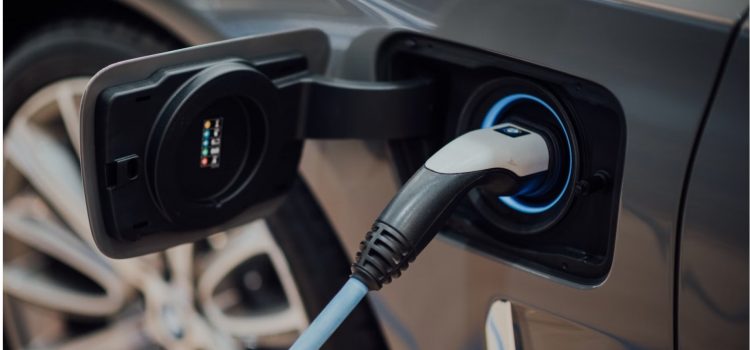
This is a free excerpt from one of Shortform’s Articles. We give you all the important information you need to know about current events and more.
Don't miss out on the whole story. Sign up for a free trial here .
What are the main electric vehicle (EV) problems currently? Are EVs reliable? Is it smart to purchase an EV right now?
With big-brand car manufacturers, like Ford and Tesla, investing billions of dollars in new EV plants, it seems as if EVs are set to become our primary form of transportation. However, EVs are facing manufacturing and financial problems that could ultimately make them just a short-lived fad.
Read on to learn the top two EV problems currently affecting the industry.
The EV Problem: Are They Too Niche?
The logistical limitations of charging EV batteries mean that right now, the cars tend to be niche products bought by wealthy suburbanites who can set up personal charging stations in their garages or who have access to charging stations at their workplaces. If EVs are to evolve into a mass market product, they’ll need a national network of stations to counter the top reason people hesitate to buy them: range anxiety, or the fear that the cars will run out of juice on a long drive and have nowhere to charge.
Here are the two other main EV problems facing the industry right now:
EV Problem #1: Supply Chain Issues
The materials needed to make batteries are expensive and in limited supply. Recycling will help manufacturers maintain access to these materials, and will lower costs—sourcing materials from used products is often easier and cheaper than extracting them from the ground.
This will become even more important as global demand for raw materials skyrockets and companies (and countries) without their own supplies struggle to source them. Some analysts forecast that demand for battery materials will exceed supply in less than three years, leading to a crunch that might echo the oil embargo of the 1970s that sent prices soaring. Exacerbating this would be the fact that such a crunch would be prolonged—while it’s easy to quickly “turn on” oil spigots, it’s not so easy to find, mine, and extract cobalt, nickel, or any of the other rare metals used in the manufacture of EV batteries.
For this reason, several countries, including China, are developing robust recycling programs. U.S. officials warn that without investment in such a program, the country risks falling behind in the coming decade.
EV Problem #2: Lack of Government Budget
The Biden administration has signaled support for the EV industry, setting a goal for all new cars to be electric by 2035. It has earmarked money for upgrades to the country’s aging electrical grid and for the building of a national charging network. It’s also put some money aside to develop a battery recycling program.
Critics say the budget doesn’t go far enough, but they acknowledge it’s a decent start. Naturally, of course, any governmental efforts can only ever be a start—the rest will be up to car manufacturers, who are, prompted by unleashed consumer demand, highly incentivized to meet the challenges facing the industry.

Want to fast-track your learning? With Shortform, you’ll gain insights you won't find anywhere else .
Here's what you’ll get when you sign up for Shortform :
- Complicated ideas explained in simple and concise ways
- Smart analysis that connects what you’re reading to other key concepts
- Writing with zero fluff because we know how important your time is






